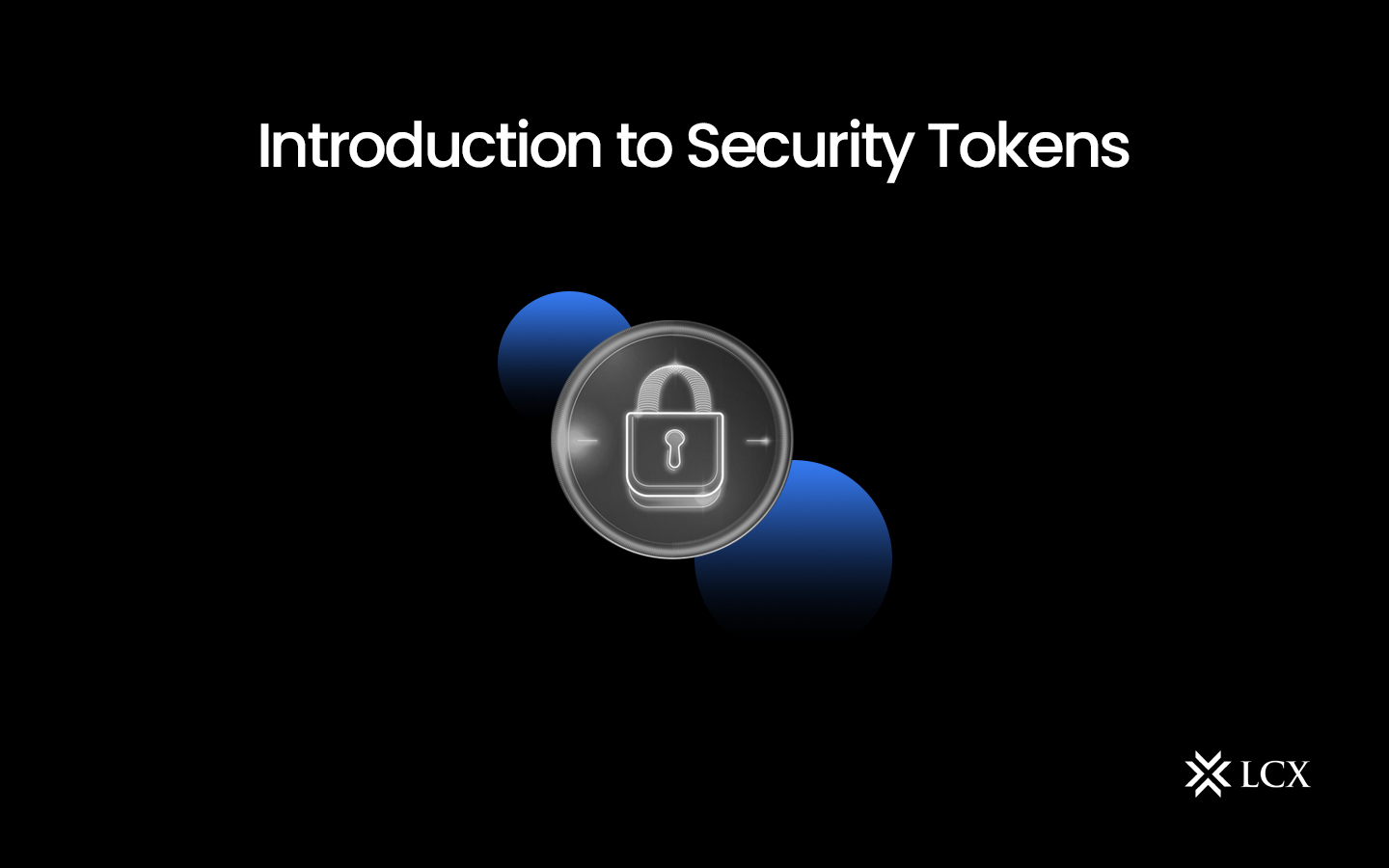There is no doubt that blockchain is causing significant disruptions in virtually all existing industry verticals. Blockchain technology enables the creation of an extensive variety of new business structures. It is believed that blockchain is the only technology since the inception of the internet to have produced significant innovations such as security tokens, decentralization, and trustless networks.
The utilization of tokens is one of the many important factors that have contributed to the success of blockchain technology. The term “Blockchain” itself can be perplexing, as can its terminology. The majority of individuals consider tokens, coins, and cryptocurrencies to be identical. However, each has a unique function that is distinct from the others. There are several varieties of tokens. In this blog, we will discuss security tokens.
Security tokens represent digital assets that derive their value from traditional financial instruments like stocks, bonds, real estate, and more. Unlike utility tokens, which provide access to a product or service, security tokens are subject to securities regulations and offer ownership rights to investors. These tokens are usually built on blockchain technology, making them secure, transparent, and easily transferable.
What Are Security Tokens?
They are tradable digital assets whose value is derived from an external asset. These are governed by federal laws governing security. The compliance of security tokens with these regulations is required. Failure to conform would result in severe consequences, including fines and the possible derailment of the project’s development.
These represent assets such as participation in actual physical underlying earnings streams, companies, or the right to interest or dividend payments. They perform the same economic function as bonds, derivatives, and stocks. If the venture complies with regulatory requirements, they can be used for a variety of purposes. These are also referred to as collateralized tokens. Security Token Offering (STO) is designed to increase investor confidence in various investment initiatives.
How Do Security Tokens Work?
They operate on decentralized networks, mainly using blockchain protocols like Ethereum. The issuance and management of security tokens are facilitated through smart contracts, which are self-executing contracts with predefined rules encoded in the blockchain. Smart contracts enable seamless compliance with regulatory requirements and facilitate the automation of various processes, including dividend payments and voting rights.
Key Features and Benefits of Security Tokens
Increased Liquidity: They offer enhanced liquidity compared to traditional assets, as they can be traded 24/7 on various digital asset exchanges. This accessibility opens up investment opportunities to a global audience, regardless of geographical boundaries.
Fractional Ownership: It can be divided into smaller units, allowing investors to purchase fractional ownership of high-value assets like real estate or fine art. This fractional ownership model democratizes access to lucrative investment opportunities that were once limited to wealthy individuals.
Transparency and Security: Blockchain technology ensures transparent record-keeping and immutable transaction history, providing investors with real-time access to asset performance and ownership data. This transparency increases investor confidence and reduces the risk of fraud.
Lower Fees: Traditional financial systems often involve numerous intermediaries, leading to high transaction fees. Security tokens streamline the process and eliminate intermediaries, resulting in lower transaction costs.
Faster Settlements: Traditional financial transactions may take days or even weeks to settle. With security tokens, settlement times are significantly reduced, leading to faster and more efficient transactions.
Security Token Offerings (STOs)
Security Token Offerings (STOs) are the blockchain-based equivalent of Initial Public Offerings (IPOs). During an STO, companies issue security tokens representing ownership or equity in the form of shares. STOs differ from Initial Coin Offerings (ICOs) as they comply with regulatory requirements, making them legally sound investment opportunities.
The process of conducting an STO involves several key steps:
Compliance and Legal Framework: Companies must ensure that their tokens comply with relevant securities regulations in the jurisdictions they plan to operate. This often involves working closely with legal experts to navigate the complex regulatory landscape.
Tokenization: Assets to be tokenized are identified, and their ownership rights are represented as them on the chosen blockchain platform.
Smart Contract Creation: Smart contracts are developed to govern the issuance, distribution, and management of them.
Investor Verification and KYC/AML: To comply with regulations, companies must verify the identity of investors through Know Your Customer (KYC) and Anti-Money Laundering (AML) procedures.
Offering and Investment: The STO is launched, and investors can participate by purchasing them, either through a private placement or a public offering.
Asset Management: Post-STO, smart contracts automate various asset management functions, including dividend distribution and investor voting rights.
Conclusion
Security tokens are a promising innovation that combines the best of traditional finance with the transformative power of blockchain technology. By providing investors with increased liquidity, fractional ownership, transparency, and reduced transaction fees, security tokens are redefining the investment landscape. However, regulatory compliance remains a crucial aspect of the security token space to ensure investor protection and long-term sustainability. As technology evolves and regulations become more robust, security tokens are poised to play a central role in the future of finance.










